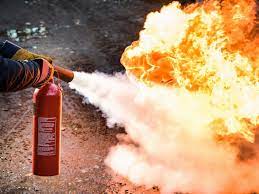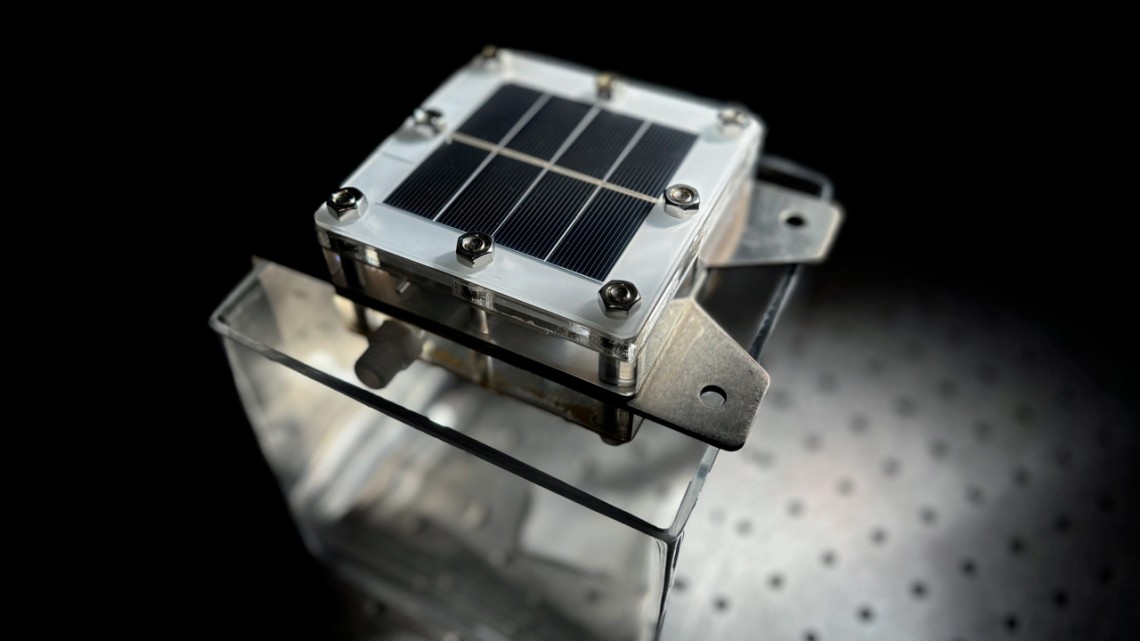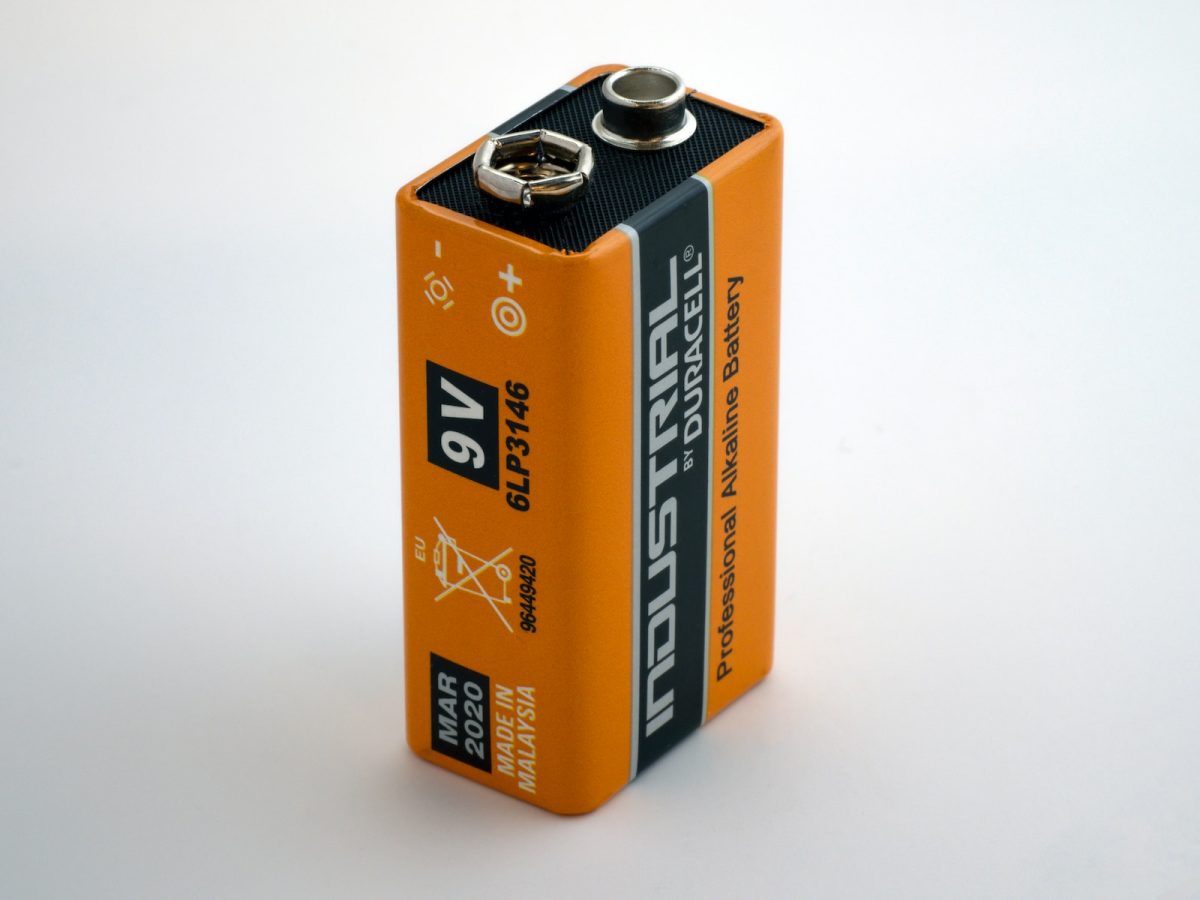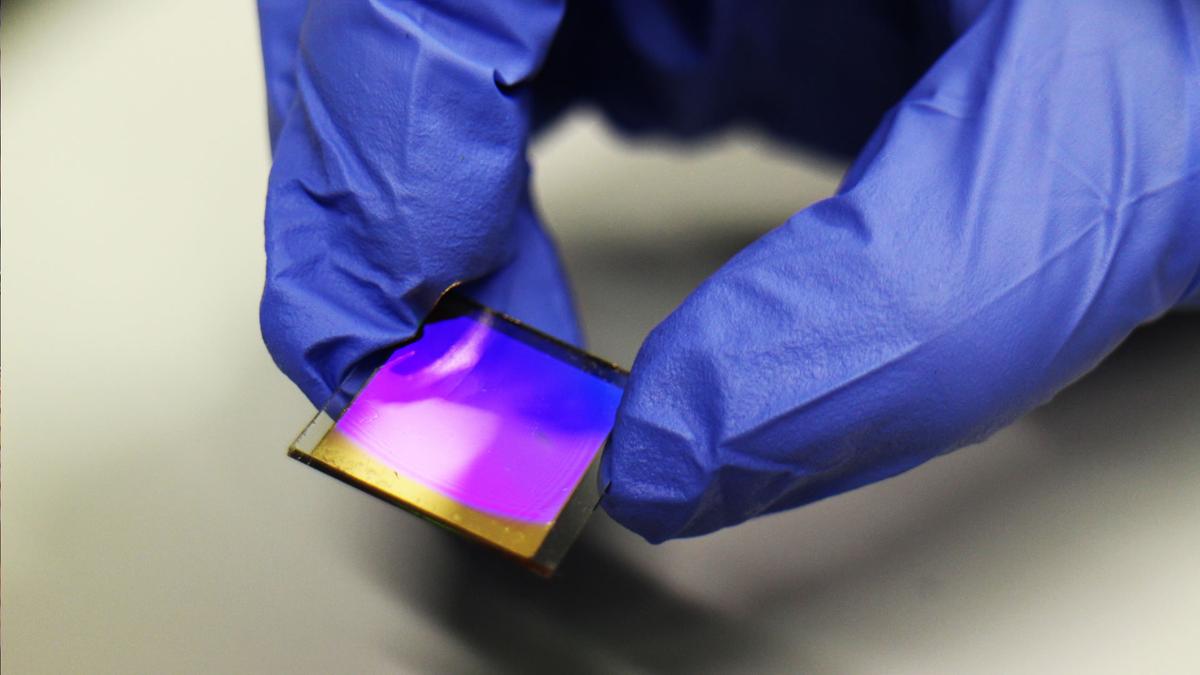
Extinguishing Fires
Fire extinguishers are essential safety devices that can save lives and protect property in a fire. These portable devices are designed to extinguish and control small fires, preventing them from spreading and causing further damage. Fire extinguishers put out fires in their special ways. They spray a precise mixer of chemicals on the base of fires, preventing the fires from getting enough oxygen to burn.
Not all fire extinguishers work the same, but they all remove at least one essential element that a fire needs to spread. To live a fire needs heat, oxygen, and space. Fire extinguishers are specialized in extinguishing different types of fires. Some are made to extinguish small material fires like during clothes, some are made to extinguish chemical fires and some are designed to extinguish oil fires.
Fire Extinguisher Specializations
The five different specializations for fire extinguishers are Class A, Class B, Class C, Class D, and Class K. Class A extinguishers are designed for ordinary combustible materials such as wood and paper. Class B extinguishers are suitable for flammable liquids like gasoline and oil. Class C extinguishers are meant for electrical fires involving live electrical equipment. Class D extinguishers are designed for flammable metals, and Class K extinguishers are used for fires involving cooking oils and fats. Individuals must understand the type of fire extinguisher they have and its appropriate use.
Class A fire extinguishers, including water, film-forming foam, and chemicals, can treat fires. Class A fire extinguishers have the letter “A” on their labels. You will often see them in homes and offices. Common extinguishing agents for Class B fires include dry chemical powders, carbon dioxide (CO2), and foam. The letter “B” on their labels identifies Class B extinguishers.
Similarly to Class B fire extinguishers Class C fire extinguishers are specifically designed to combat electrical fires safely. Class D extinguishers typically contain non-conductive extinguishing agents like carbon dioxide (CO2) or dry chemical powders that displace oxygen, suffocating the fire. The only type of Class D fire extinguisher is the Dry Powder extinguisher. The powder agent used may be either powdered graphite, granular sodium chloride, or copper-based, all of which are effective at separating the fuel from the normally ignited combustible metal from oxygen. Class C extinguishers have alkaline mixtures such as potassium acetate, potassium citrate, or potassium carbonate applied to burning cooking oil and fats. The alkaline mixture combined with the fatty acid creates a soapy foam layer on the surface which holds in the vapors and steam and extinguishes the fire. Understanding the principles behind their operation, knowing the type of extinguisher to use for specific fires, and receiving proper training can make a significant difference in effectively combating fires and ensuring the safety of individuals and property.
RELATED STORIES:
- https://www.usf.edu/administrative-services/environmental-health-safety/programs-services/fire-safety/fire-extinguishers.aspx#:~:text=Fire%20extinguishers%20apply%20an%20agent,by%20an%20individual%20properly%20trained.
- https://www.gaugechina.com/the-evolution-of-fire-extinguisher-makers.html#:~:text=The%20Future%20of%20Fire%20Extinguisher%20Makers&text=Smart%20Technology%20Integration%3A%20The%20incorporation,fire%20extinguisher%20effectiveness%20and%20maintenance.
- https://www.explainthatstuff.com/fireextinguisher.html
- https://www.osha.gov/etools/evacuation-plans-procedures/emergency-standards/portable-extinguishers/use
- https://www.livius-training.co.uk/types-of-fire-extinguishers/#:~:text=Dry%20Powder%20Extinguisher&text=How%20it%20works%3A%20The%20powder,and%20flames%20starving%20the%20fire.
TAKE ACTION:





